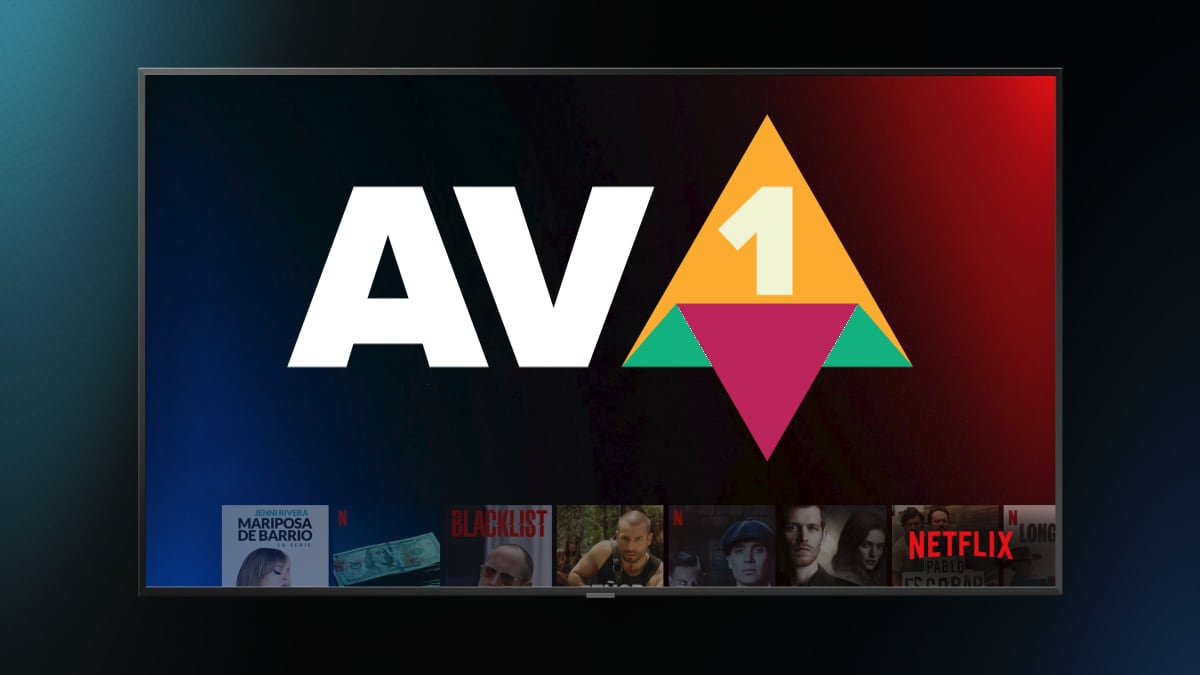Netflix has started streaming movies and shows encoded in the more efficient AV1 codec to compatible TV devices such as Smart TVs and select game consoles.
The Alliance for Open Media’s AV1 is the first high-efficiency video codec that is royalty-free. It is backed by industry heavyweights like Amazon, Apple, Facebook, Google, IBM, Intel, Microsoft, Mozilla, and of course Netflix.
Netflix first brought AV1 streaming to Android mobile devices in February 2020 while YouTube brought AV1-encoded 8K streams to 8K TVs in May 2020.
Netflix is now rolling out AV1 streaming on TV devices.
– “Today we are excited to announce that Netflix has started streaming AV1 to TVs. With this advanced encoding format, we are confident that Netflix can deliver an even more amazing experience to our members,” Netflix wrote in a blog post. “We compared AV1 to other codecs over thousands of Netflix titles, and saw significant compression efficiency improvements from AV1.”
Netflix said that all of its AV1 streams are encoded in 10-bit and in the highest available resolution and frame rate including HFR – but not yet HDR. Netflix did not specify bitrates other than saying that “AV1 delivers videos with improved visual quality at the same bitrate” compared to MPEG4 and HEVC and that “some streams have a peak bitrate close to the upper limit allowed by the spec”, which probably refers to AV1 level 5.0 (30 Mb/s bitrate for Main) or level 5.1 (40 Mb/s bitrate for Main).
– “We always encode at the highest available source resolution and frame rate. For example, for titles where the source is 4K and high frame rate (HFR) such as “Formula 1: Drive to Survive”, we produce AV1 streams in 4K and HFR. This allows us to present the content exactly as creatively envisioned on devices and plans which support such high resolution and frame-rate playback,” explained Netflix. “With dynamic optimization, we allocate more bits to more complex shots to meet Netflix’s high bar of visual quality, while encoding simple shots at the same high quality but with much fewer bits.”
Reference: FlatPanelHD


